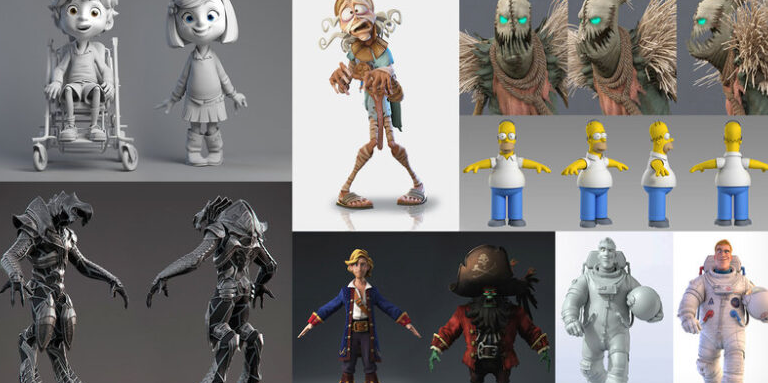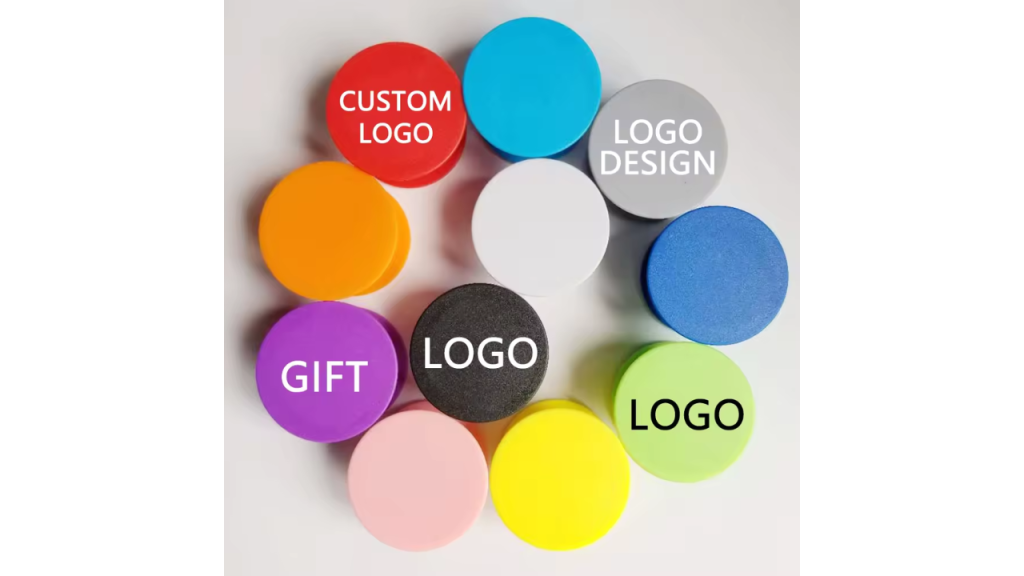
When it comes to game design, 3D modelling and animation are the heart and soul of what makes a game world come to life. From the environments players explore to the characters they control, 3D models are the building blocks of any modern video game. If you’re a game developer or someone working in the gaming industry, understanding the ins and outs of 3D modelling techniques and animation is critical to producing something that stands out.
Want to take your game visuals to the next level? Visit https://rocketbrush.com/blog/importance-and-challenges-of-3d-modeling-for-games to explore professional 3D modelling and animation services tailored for game developers like you.
Why 3D Modelling and Animation Are Crucial to Game Development
3D modelingmodelling and animation are essential for creating the visual aspects of any game. 3D modelling refers to the process of building a three-dimensional object in a virtual space using specialized software. These models can represent anything from the smallest items, like a character’s sword, to the largest environments, like entire cities or landscapes.
Animation, on the other hand, is the process of bringing those models to life, making them move and interact in the game world. It’s not just about making characters walk or jump, but also about creating a sense of realism and emotion, from the subtle movements of the character’s face to how the wind rustles through the leaves of a tree.
Without quality 3D modelling and animation, even the best game mechanics would fall flat. These elements help create a believable, immersive world that players want to engage with. As technology advances, so too does the potential for 3D modelling techniques to push the boundaries of what’s possible.
Key 3D Modelling Techniques in Game Design
There are a number of techniques used in 3D modelling, each with its own set of advantages depending on the type of game you’re developing. Let’s break down some of the most common techniques used in game design.
Polygonal Modelling: The Foundation of 3D Art
Polygonal modelling is one of the most popular methods in game design. It involves creating 3D objects by connecting multiple polygons—flat surfaces that make up the geometry of a model. The more polygons you have, the more detailed the model can be. This method is widely used for creating both high and low-poly models, which is essential for various parts of game development.
High-poly models are used for detailed, close-up objects, such as a character’s face, while low-poly models are often used for background assets or when working with mobile games, where performance optimization is a priority. By manipulating the polygons, artists can create complex shapes and structures, making this technique versatile for a wide range of game assets.
NURBS Modelling: Smooth and Organic
NURBS (Non-Uniform Rational B-Splines) is a technique best suited for creating smooth, curved surfaces. It’s particularly useful for designing organic shapes like characters, animals, or even vehicles. Unlike polygonal modelling, which uses flat surfaces, NURBS allows for the creation of complex curves and surfaces that don’t rely on angular polygons. This technique is widely used in character modelling, especially when artists need to create smooth transitions between surfaces, such as a character’s face or body.
The precision of NURBS modelling ensures that curves and surfaces are perfect, making it ideal for highly detailed models that require a soft and natural appearance.
Sculpting: The Digital Clay
Digital sculpting is a technique that simulates the process of sculpting real-world materials like clay. It’s perfect for creating highly detailed, organic models. Instead of manually adjusting vertices and edges like in polygonal modelling, artists can use digital brushes to push, pull, and smooth out surfaces in real time. This technique is best suited for characters, creatures, and other organic forms where details such as wrinkles, skin texture, and muscle definition are important.
Software like ZBrush or Mudbox is often used for this purpose. The flexibility of sculpting makes it one of the most powerful tools for creating highly detailed 3D models, especially when combined with texturing and painting techniques.
Procedural Modelling: Generating Complexity
Procedural modelling is a method where algorithms generate models and environments based on set rules or inputs. This technique is commonly used to create large, complex environments such as landscapes, cities, or even entire worlds. The beauty of procedural generation is that it allows for an almost infinite variety of models and assets, all created with minimal human input.
This is particularly useful when you’re creating vast open worlds where every rock, tree, and mountain needs to look unique. Procedural generation ensures variety while still adhering to certain rules that maintain the world’s coherence and logic.
Creative Ideas for 3D Modelling in Game Design
The possibilities for 3D modelling in game design are virtually limitless. Here are some fresh ideas that could inspire your next game project:
Stylized and Abstract Art
While many games focus on realism, stylized and abstract art styles are gaining popularity. Games like Cuphead, with its 1930s cartoon-inspired visuals, show that 3D models don’t have to be photo-realistic to be effective. Instead, embracing unique visual styles can help a game stand out and create a distinctive identity.
Experimenting with stylized models—such as exaggerated proportions, bold colors, or unique textures—can make your game world feel fresh and exciting. The right artistic direction can turn a basic 3D model into something unforgettable.
Destructible Environments
Imagine a game where the world reacts to everything the player does. Whether they’re breaking down walls, causing buildings to crumble, or even modifying the landscape, destructible environments add an extra layer of immersion and excitement. Modelling these types of assets requires a bit of extra work, but the payoff can be huge when it comes to creating dynamic, interactive worlds.
Modular Assets for Customization
Another innovative idea is to design modular assets—objects that can be pieced together in different configurations. This is especially useful for games that allow players to customize their characters, environments, or vehicles. By creating modular pieces, such as interchangeable armor parts or building blocks for constructing environments, players can have more creative freedom, while still using assets that are easy to manage and implement.
How 3D Modelling Companies Can Help Bring Your Game to Life
For game developers who may not have the resources or expertise in-house, working with 3D modelling companies can be a great way to ensure high-quality results. These companies specialize in creating 3D models, environments, and animations that bring a game’s visual identity to life. They can help with everything from character design to world-building, animation, and asset optimization.
When choosing a 3D modelling company, look for one with experience in the game development industry. For example, RocketBrush Studio, a Cyprus-based game art outsourcing studio, has worked with top-tier clients such as Applovin, Paradox, and Romero Games. Their team specializes in everything from concept art to 3D assets and animations, offering reliable and high-quality game art outsourcing services.
Whether you’re a small indie developer or a large studio, collaborating with experienced professionals can help bring your vision to life more efficiently. Outsourcing can save time and costs while ensuring that you have access to the best tools and techniques available in the industry.
Final Thoughts
3D modelling and animation are powerful tools in game development that allow creators to build intricate, immersive worlds. With the right techniques, ideas, and collaborations with 3D modelling companies, game developers can create visually stunning and engaging experiences for players. Whether you’re looking to push the limits of realism or experiment with more abstract ideas, the world of 3D modelling is full of endless possibilities that can help shape the future of gaming.



